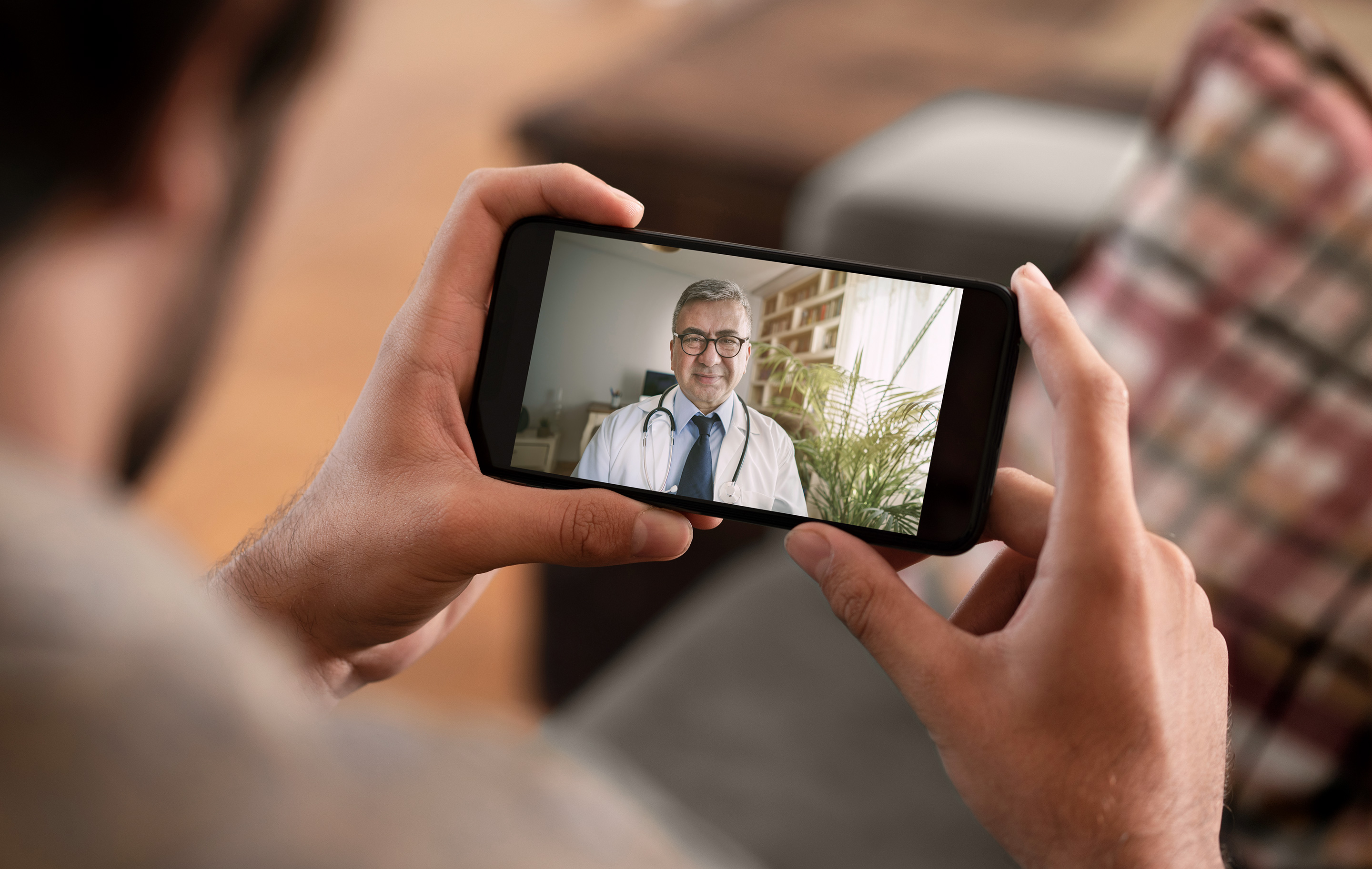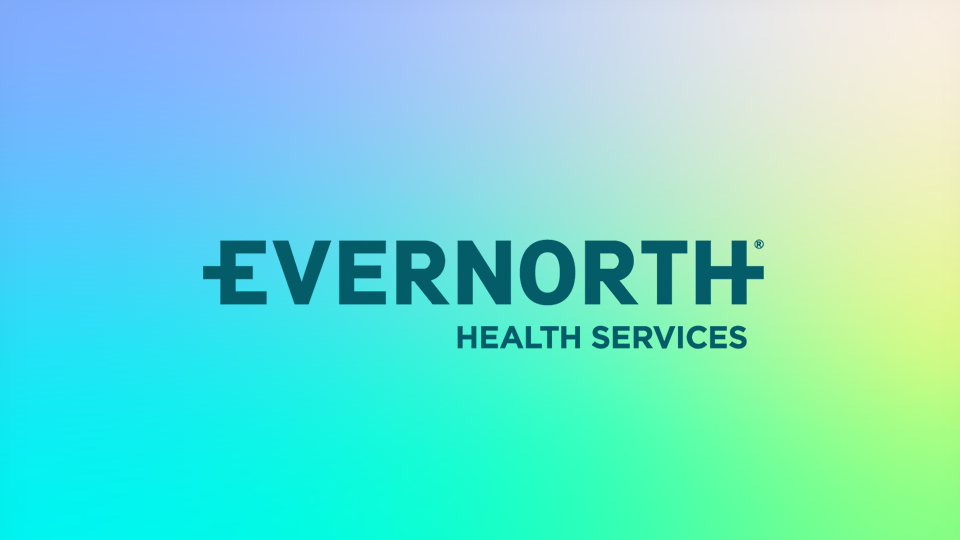While having access to primary care services virtually has many benefits – including the convenience of accessing care from the comfort of home while avoiding other sick patients and long office waits – consumers and members continue to have questions and some misperceptions about the virtual care experience.
According to “Consumer Attitudes & Usage” research from virtual care provider MD Live by Evernorth, 60% of consumers reported using a virtual care platform for routine care. The research, which polled 1,200 consumers ages 18-64 who have health insurance (employer-sponsored or government plans), also found barriers keeping patients from using virtual primary care. Below, we look at some of the most common misconceptions identified by the study, and we help debunk them with the facts about virtual primary care.
Myth #1: It is difficult to get an accurate diagnosis without a physical exam
“Many diagnoses in primary care are more reliant on clinical history and patient details than on physical exam findings, “said Maggie A. Williams M.D., medical director at MD Live. “Often, what a patient shares and their home or office test results provide more crucial insights than the physical exam itself. Successful management of chronic conditions, such as Type 2 Diabetes and high blood pressure, is often due to patient education, lifestyle changes, and medication management. Plus, many parts of the in-person exam can be done virtually.”
Even without a hands-on exam, virtual primary care doctors are able to accurately diagnose many types of conditions, such as menopause and depression. And if a physical exam is needed, then the physician will flag that to the patient.
Virtual doctors are trained to ask the right questions in order to learn about a patient’s medical history and current state of health. Patients who schedule virtual wellness screenings are asked to complete a questionnaire before their virtual doctor appointment. Questions focus on medical history, diet, exercise, sleeping patterns, and any concerns patients have about their health. Patients are also asked about social determinants of health, such as whether they have adequate housing and access to nutritious food.
In addition, patients are asked to get their lab work done before their wellness screening with their virtual care doctor. The patient and the doctor receive the bloodwork results before they meet, allowing them to discuss the results during the consultation.
Myth #2: The care I receive won't be ideal because the doctor doesn't know my background
Patients are free to choose their dedicated virtual primary care doctor, and they can see that doctor for each appointment, which gives them the opportunity to build a relationship with their virtual PCP, just like in-office visits.
Also, completing the lab visit before a telehealth wellness screening allows the appointment with a doctor to be more effective and focused on the patient’s specific needs. Doctors review the lab results and the online questionnaire, then utilize that information to recommend personalized lifestyle changes or any necessary follow-up visits for routine care or visits with specialists.
“Your virtual care doctor can also become a colleague or partner to your regular primary care physician,” said Dr. Williams. “We can fill in for the day when you either couldn’t make it out to see your doctor, or weren’t able to get an appointment in a timely manner.”
Patients also have the flexibility to change virtual PCPs at any time.
Myth #3: The virtual primary care experience doesn't feel personal
According to Dr. Williams, any medical experience can be impersonal if the physician's not engaged or the physician's not engaging the patient. It doesn’t just happen in a virtual setting.
“Virtual care doctors are trained to ask you all the same questions your regular PCP would ask if you were coming in for an exam—and more,” Dr. Williams added. “If you as a patient feel that the virtual care doctor you are seeing isn’t doing their best to understand you on a personal level, then I’d say that’s a physician problem and not necessarily a virtual care problem. We commonly hear our patients tell us they feel more comfortable and listened to than their in-person experience.”
That said, there are certain situations where in-person care is necessary, such as in a medical emergency. However, there are some instances where virtual care can complement the in-person care experience. For example, for patients living with chronic conditions, some telehealth platforms offer remote vital monitoring and real-time reporting to give doctors unparalleled insights into their patients' health between virtual doctor appointments – forging lasting relationships between doctors and patients and allowing earlier interventions.
“The vast majority of health conditions that Americans face are chronic diseases like obesity/weight management, diabetes, high blood pressure, anxiety, high cholesterol, depression, and heart disease,” Dr. Williams said. “These conditions are managed by what the patient tells their doctor about their health and what they're doing to improve their health. A physical exam may be part of their total care, but does not represent the most important aspect of managing their condition, which is where virtual primary care could be a good complement to their total care.”
A virtual care physician can help patients manage their health and chronic conditions through additional lab work, diagnostics, and referrals to specialists. Patients can see the same doctor for each appointment, allowing the doctor to get to know them and their unique health and wellness needs.
Additionally, digital tools are often available to provide patients with help and education on specific conditions and guides them as they track and monitor biometrics such as blood pressure, weight, and blood glucose levels.
Myth #4: I don’t see a reason to use virtual primary care because I have a PCP
Virtual care cannot and should not replace in-person care completely. The two work better together, as virtual care can complement in-person care and vice versa. Virtual care doctors can share notes and outcomes with a patient’s regular PCP to keep them in the know.
Virtual primary care is really about making access to care simple and easy to ensure members get the care they need when they need it. Expanding access to primary care services virtually is especially critical given the increasing number of people who do not have an existing primary care provider. Virtual providers can refer patients to in-person providers as needed.
Moreover, virtual care is a convenient alternative if a patient needs to see a PCP on the weekend, after hours, or when their PCP is unavailable.
“The idea with virtual care is that we know that without it, some patients will forego the medical care they need and conditions may grow worse,” Dr. Williams explained. “So if you have a cough and you're not sure whether or not this cough is something that you need to see a doctor for, call a virtual care doctor and let them talk you through it.”
Originally published on 3/10/2023 and updated on 9/11/2024.



